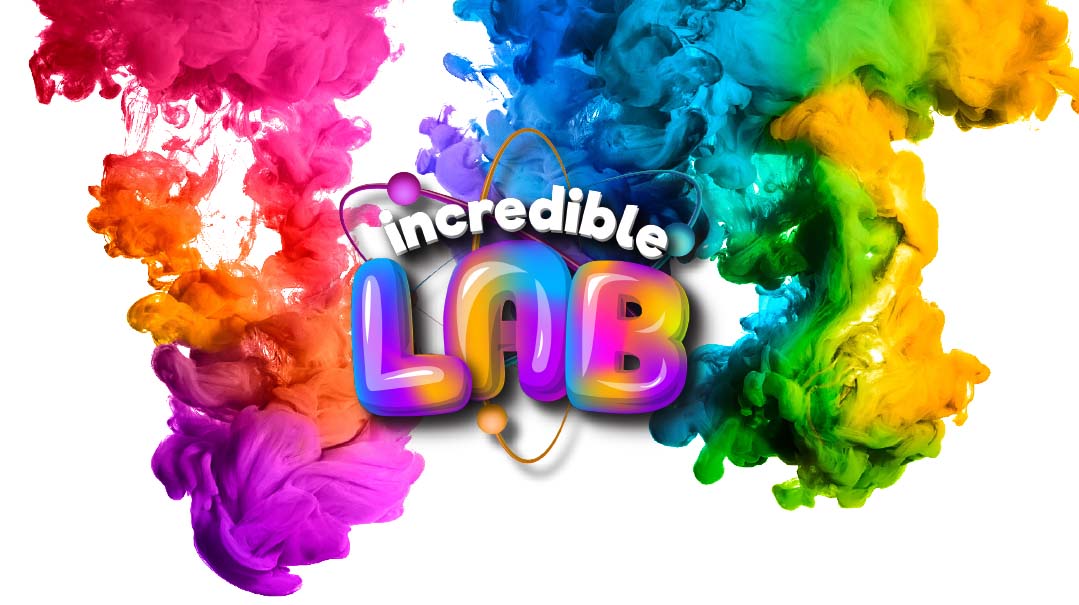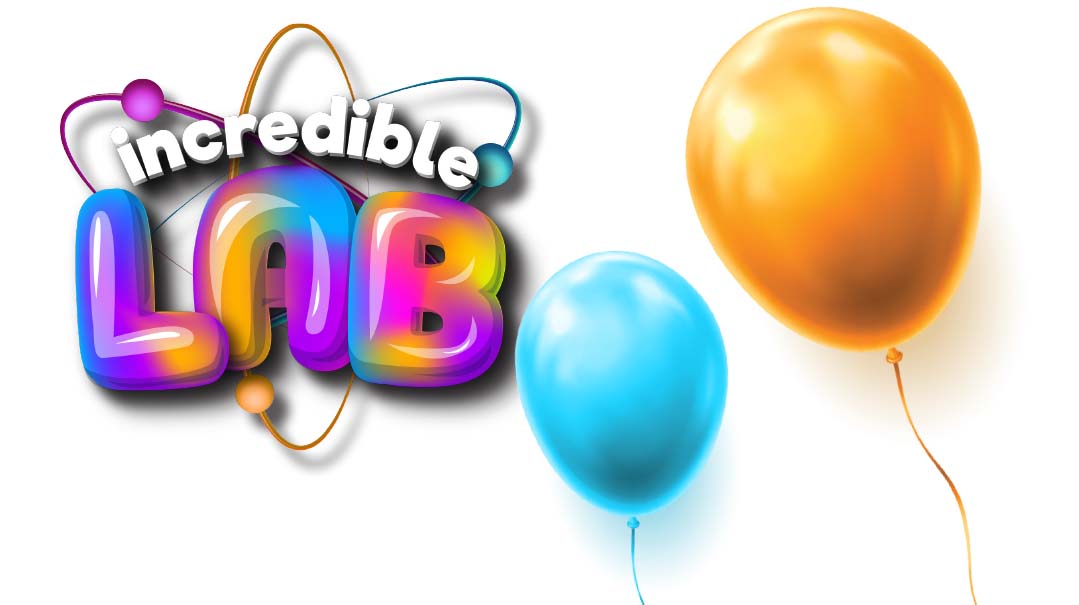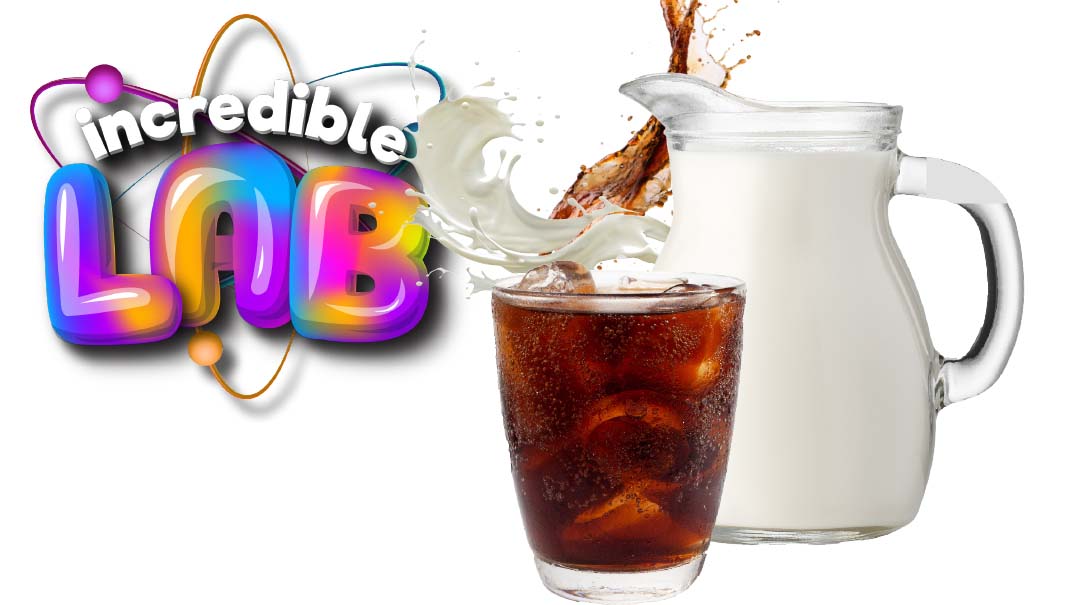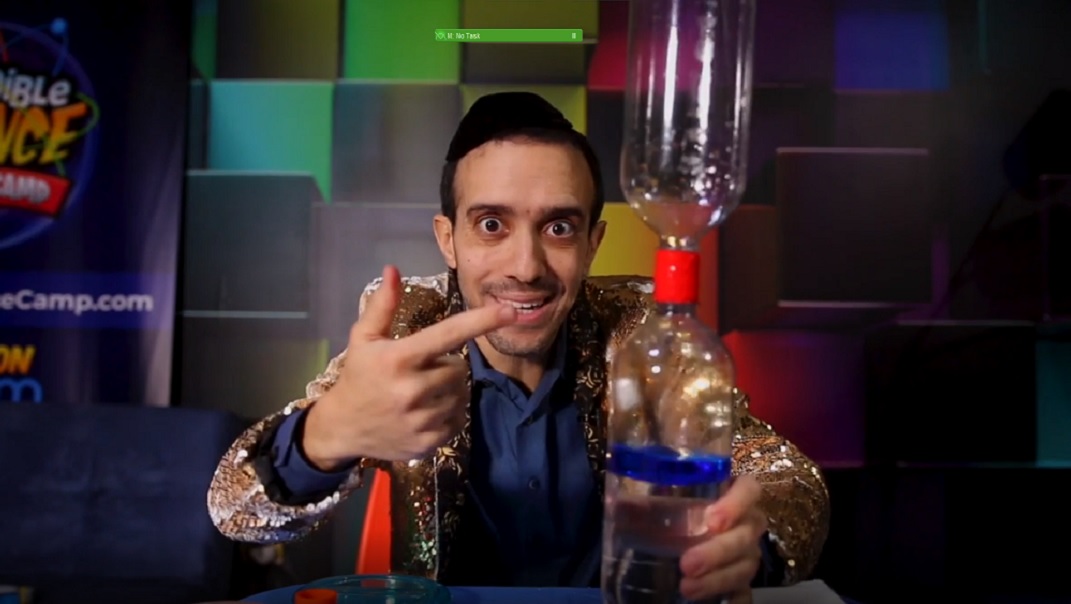Walking Waters

See water “walk” in this incredible experiment!

Photos: Yochanan Ghoori
You’ll see the colors from each cup travel up and down the paper towels, filling empty cups and mixing into new colors.
You will need:
7 clear plastic or glass cups
Water (about 7 cups)
Food coloring
(3 colors: red, yellow, and blue)
6 paper towels
Scissors, if necessary

How to do it:
- Fold the paper towels in half the long way.
- Press the folded paper towels tightly and then fold them in half (the long way) again. They should be folded in half twice now.
- Now you’re going to fold it across the middle to make a “letter V” out of the paper towel. Set these 6 Vs aside for the moment.
- Line up your cups, spaced about an inch or so apart.
- Fill every other cup about halfway with water, adding a few drops of different-colored food coloring to three of the cups of water. You should have one empty, one full, one empty, one full, in this pattern:
Cup 1: Red water
Cup 2: Empty
Cup 3: Blue water
Cup 4: Empty
Cup 5: Yellow water
Cup 6: Empty
Cup 7: Red water
- Turn your Vs upside down, putting each “leg” or side into a cup. If the leg seems too big, trim a bit off the bottom. Each cup should have half of one paper towel V in it and half of the next paper towel V in it. One half of each V will be in a cup with colored water and one half will be in an empty cup.
- Watch the cups over several hours (and even leave them overnight, but don’t stay up!). You’ll see how the water “walked” up the paper towels and into the empty cups — and even formed some new colors in the process by walking up different paper towels and “mingling” in the process.
Voila! Walking rainbow water!
What’s Happening?
The water travels up the fibers in the paper towels through a process called capillary action, which we’ve discussed here before. Capillary action is when liquids move upward through a solid. The water is also showing properties of adhesion. That’s when dissimilar particles stick together. In our case, that’s water sticking to the paper towel — and not letting go. The experiment is also demonstrating cohesion. That’s when similar particles stick together (in this experiment, that’s water sticking to water). The water molecules stick to each other as the water climbs up and over the mountain.
Take it Further
Want to see more of how temperature affects expansion and contraction of molecules? Put some hot water in one jar and some ice water in another. Then drop some food coloring into each jar. Watch as the food coloring falls through the water. How did the water temperature affect it?
Did you know
Don’t ever take the ability to see colors for granted! Seeing colors is actually a tremendous brachah, as many people are born without the ability to see some colors. There are different types of color blindness, and they affect how people see and perceive different colors.
Color-blind people may not be able to differentiate between red and green. Or perhaps they can’t see a color like blue. More men are color blind than women: about 1 in 12 men are affected with color blindness, whereas 1 in 200 women are color blind.
Did you ever wonder if you might be slightly color blind? Take the Ishihara Test. Look at the picture, which checks for red-green deficiencies. Do you see a number there? Which number? People with normal vision see a 74. Many color blind people see a 21. And people with full color blindness might not see any number. There are 38 such pictures in a full Ishihara Test. It’s widely used to screen for color blindness around the world.
Did you know
When red and yellow are paired together, it makes a person hungry. (That’s why so many fast-food places use those colors in their decor!)
Did you know
Blue is the most popular color worldwide.
Did you know
People are more likely to forget something that’s in black and white.
Did you know
Men and women see the color red differently. And red is the first color a baby sees.
Did you know
Chromophobia, or chromatophobia, is an ongoing and irrational fear of colors.
(Originally featured in Mishpacha Jr., Issue 899)
Oops! We could not locate your form.





